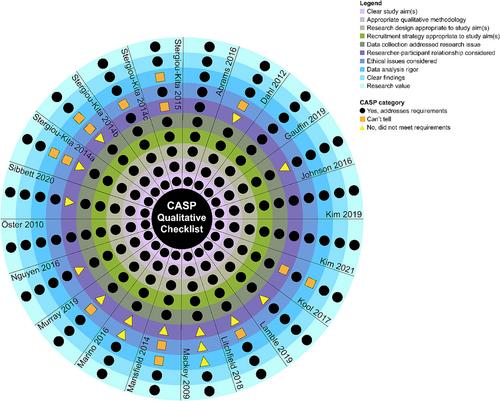Participation in work and employment is a milestone of adulthood. People returning to work after burn injury may have physical, psychological, social, and environmental barriers to overcome in order to resume their pre-injury employment. The aim of this paper is to evaluate qualitative findings regarding return-to-employment after burn injury.
A qualitative synthesis was conducted based on the qualitative findings of an earlier mixed methods review. A pre-determined scoping review protocol was used in the earlier review to search MEDLINE, CINAHL, Embase, PsycINFO, PubMed, Scopus, CCRCT, and CDSR databases between 2000 and Aug 2021. Any papers presenting qualitative data from previously employed adults with cutaneous burn injuries were included.
A total of 20 papers with qualitative data on return-to-employment after burn injury were found. Only six included studies focused on return-to-employment outcomes and the remaining studies reporting on quality of life and life experiences after burn injury. Common themes included impairments that develop and change over time; occupational identity and meaning; temporal aspects of burn recovery; burn rehabilitation services and interventions; attitudes, knowledge and support of service providers; workplace environments supporting work re-engagement after burn injury; usefulness of work accommodations; family and social supports, individuals attributes that influence re-engaging in employment; and accepting and rebuilding.
Resumption of work after burn injury is regarded as a key marker of recovery for working-aged adults by burn survivors and burn care professionals. Support at transition points during the burn recovery process and peer-led programmes were important. However, limited information currently exists regarding clinical practices, service gaps, and understanding of return-to-employment outcomes after burn injury.


